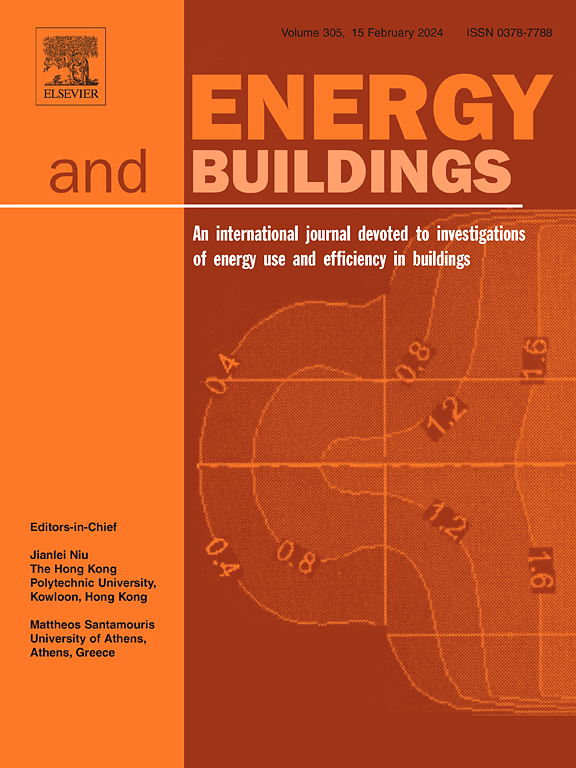Optimizing energy consumption in centralized and distributed cloud architectures with a comparative study to increase stability and efficiency
IF 6.6
2区 工程技术
Q1 CONSTRUCTION & BUILDING TECHNOLOGY
引用次数: 0
Abstract
Cloud computing serves as the backbone of modern digital infrastructure, supporting everything from basic data storage and processing to real-time big data analytics. However, the expanding scale and complexity of cloud systems have significantly increased energy consumption, posing serious environmental and economic concerns. This study explores an extended energy model that transitions from fully centralized to fully distributed architectures across diverse cloud-related configurations. The experimental results reveal that fully centralized architectures exhibit the highest energy consumption, with static energy usage from physical machines and switches accounting for approximately 1.4 MWh. In contrast, fully decentralized architectures demonstrated energy efficiency improvements, reducing energy consumption by 19% to 28%. An important observation was that static energy consumption remained consistent across all architectures, while dynamic energy consumption varied depending on traffic loads and system configurations. In fully distributed systems with central controllers, the dynamic energy consumption of physical machines remained below 0.1 MWh, and switches and routers consumed less than 0.05 MWh. These findings highlight the potential of decentralized architectures in achieving substantial energy savings, especially in edge computing and Internet of Things (IoT) applications. By reducing energy consumption, these architectures contribute to both environmental sustainability and cost efficiency. This study offers valuable insights for cloud service providers aiming to optimize energy efficiency across different architectural models.
求助全文
约1分钟内获得全文
求助全文
来源期刊

Energy and Buildings
工程技术-工程:土木
CiteScore
12.70
自引率
11.90%
发文量
863
审稿时长
38 days
期刊介绍:
An international journal devoted to investigations of energy use and efficiency in buildings
Energy and Buildings is an international journal publishing articles with explicit links to energy use in buildings. The aim is to present new research results, and new proven practice aimed at reducing the energy needs of a building and improving indoor environment quality.
 求助内容:
求助内容: 应助结果提醒方式:
应助结果提醒方式:


